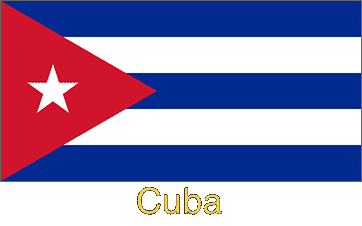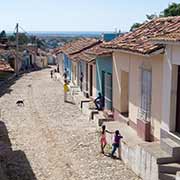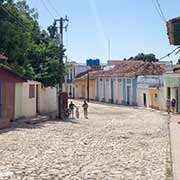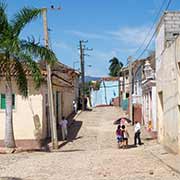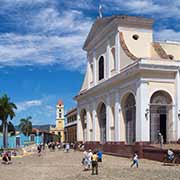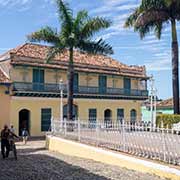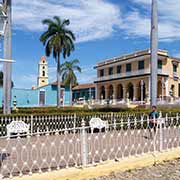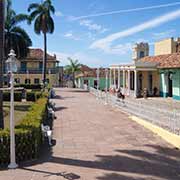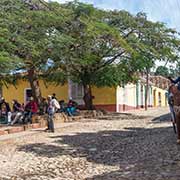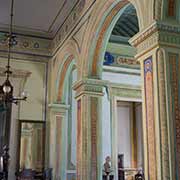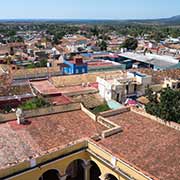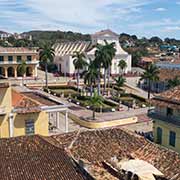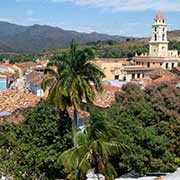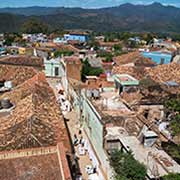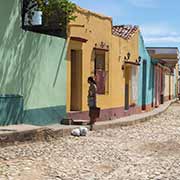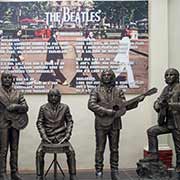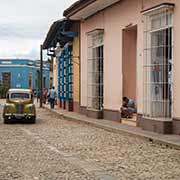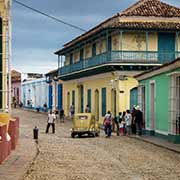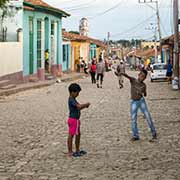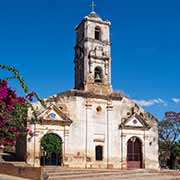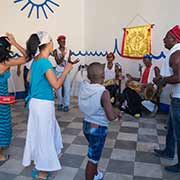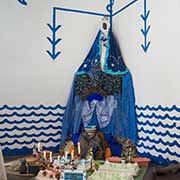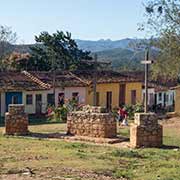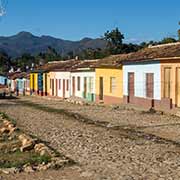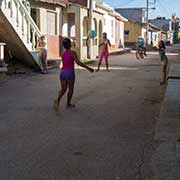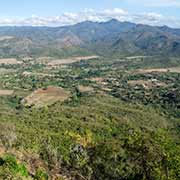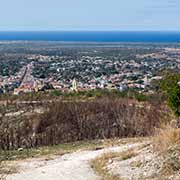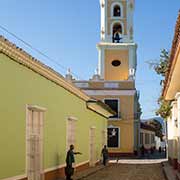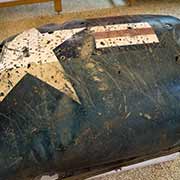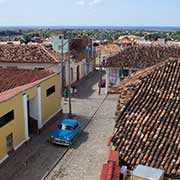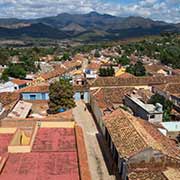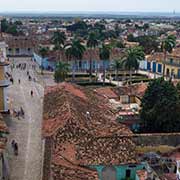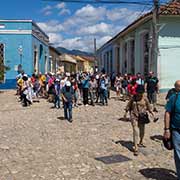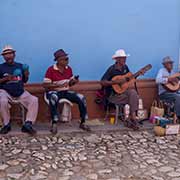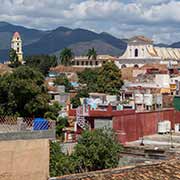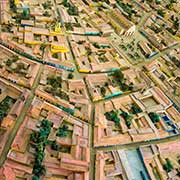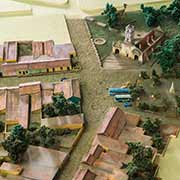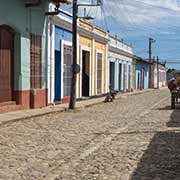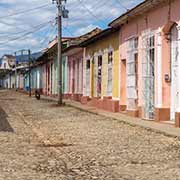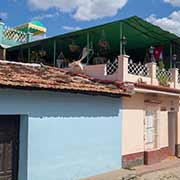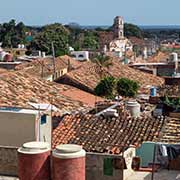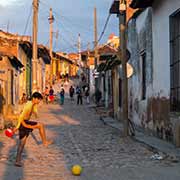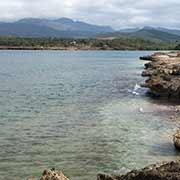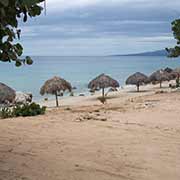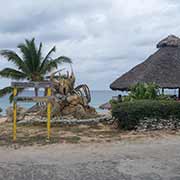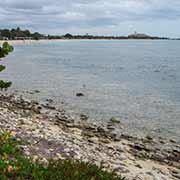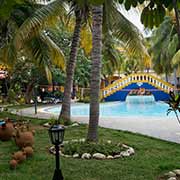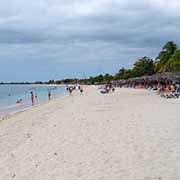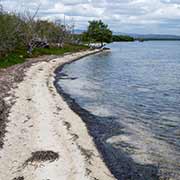Photos of Trinidad, Cuba’s best-preserved colonial town, Cuba
Trinidad, Cuba’s best-preserved colonial town
In the Province of Sancti Spíritus, central Cuba, Trinidad is the country’s best-preserved colonial town from when the sugar trade was the main industry in the region, with brightly coloured buildings and cobblestone streets. It has been a UNESCO heritage site since 1988.
you may then send it as a postcard if you wish.
Trinidad was founded on 23 December 1514 by Diego Velázquez de Cuéllar on Cuba’s south coast and named Villa de la Santísima Trinidad (Holy Trinity). From here, Hernán Cortés recruited men for his expedition to conquer Mexico, and the remaining few local Taíno people kept farming, cattle-rearing, and trading. Cut off from the colonial authorities in Havana because of its remoteness, Trinidad became a haven for pirates, smugglers and slave traders with Jamaica, to Cuba’s south and controlled by the British. In the early 19th Century, French refugees who fled the slave rebellion in Haiti arrived in the region. More than 50 small sugar mills were set up in the Valle de Los Ingenios, about 25 kilometres to the east of the town. By the mid-19th Century, the area around Trinidad was producing a third of Cuba’s sugar, and it got its many iconic buildings.
During the Independence Wars, it all ended, with plantations devastated and the town fell in decline, but in the 1950s, under Batista, a preservation law was passed that recognised the town’s historical value; it was declared a national monument in 1965, and in 1988 it became a Unesco World Heritage Site. Now wonderfully preserved, ts neo-baroque main square, Plaza Mayor, is surrounded by grand colonial buildings. Museo Romántico, in the restored Palacio Brunet mansion, and Museo de Arquitectura Colonial display relics from the town’s sugar-producing era and Iglesia de la Santísima, a 19th-century cathedral, has a vaulted ceiling and carved altars. It is well and truly on the tourist map. To the south, on the Caribbean shoreline is a peninsula with popular beaches, like Playa Ancón, promoted as the finest arc of sand on Cuba’s south coast. It has all-inclusive hotels and a well-equipped marina that runs catamaran trips to a couple of nearby coral keys.


